Special Report
17 Non-Obvious Ways Life Has Changed During the COVID-19 Pandemic
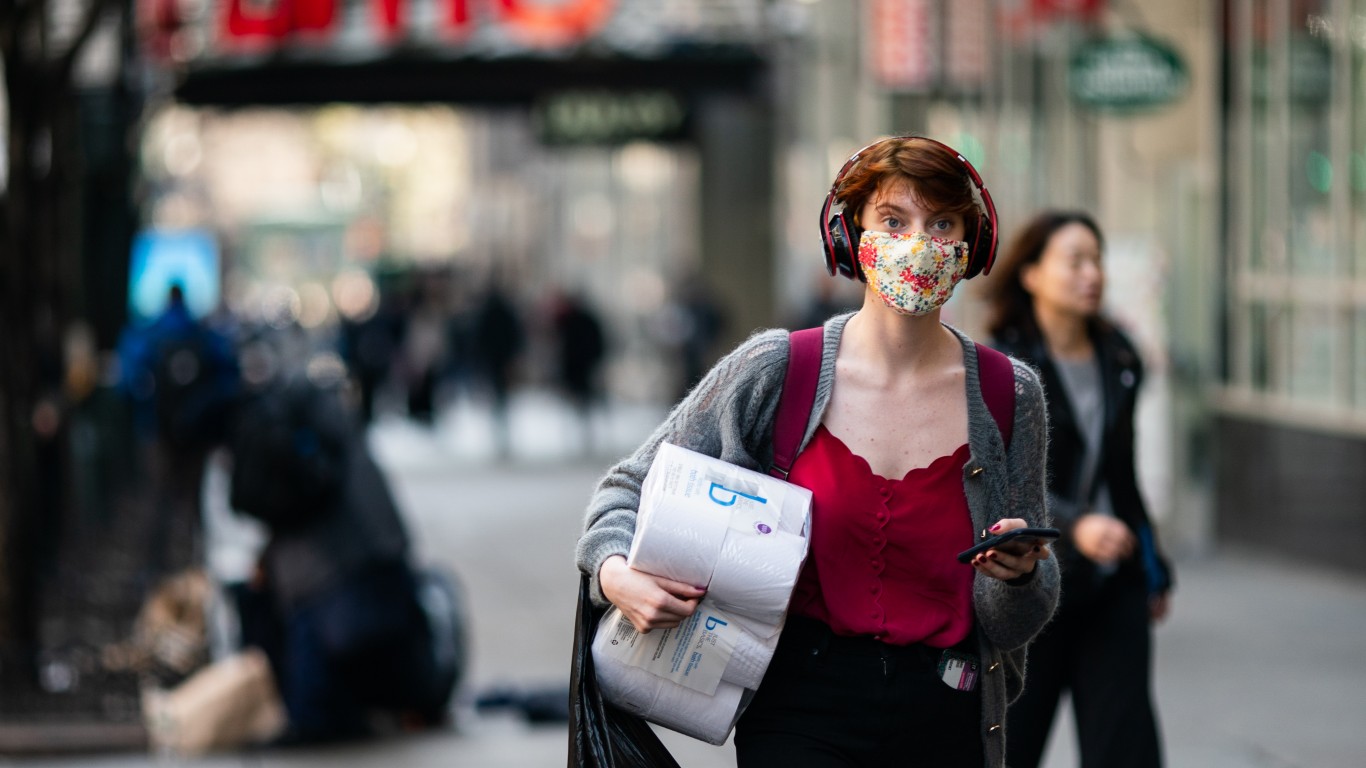
Published:

The coronavirus pandemic has changed our lives in obvious ways — many people wear masks, shop online, spend more time with family, and work remotely. But there are also some less obvious ways the pandemic has changed behavior or aspects of our lives.
To create a list of 17 ways life has changed since the pandemic struck in early 2020, 24/7 Tempo reviewed surveys and data from global organizations such the World Bank as well as from government agencies like the Centers for Disease Control and Prevention and the FBI.
COVID-19 has changed consumer behavior and what people are spending their money on. The health habits of many Americans are also different than they were a year ago, and while some Americans have focused on improving their overall well-being, others have changed behavior and habits for the worse.
It has been well documented that homicides have significantly increased during the pandemic, but another type of crime that has also seen a sharp rise is cyber crime — more specifically identity fraud, and it’s young people who are the likeliest targets.
More than a year has now passed since the novel coronavirus began infecting people in China, reaching almost every country in the world within a few months. The second year of the coronavirus pandemic is perhaps more optimistic as vaccination campaigns have started in several countries. But life will not go back to pre-COVID-19 normalcy any time soon — here are 20 major myths about COVID-19.
Click here to see 17 non-obvious ways life has changed during the COVID-19 pandemic.
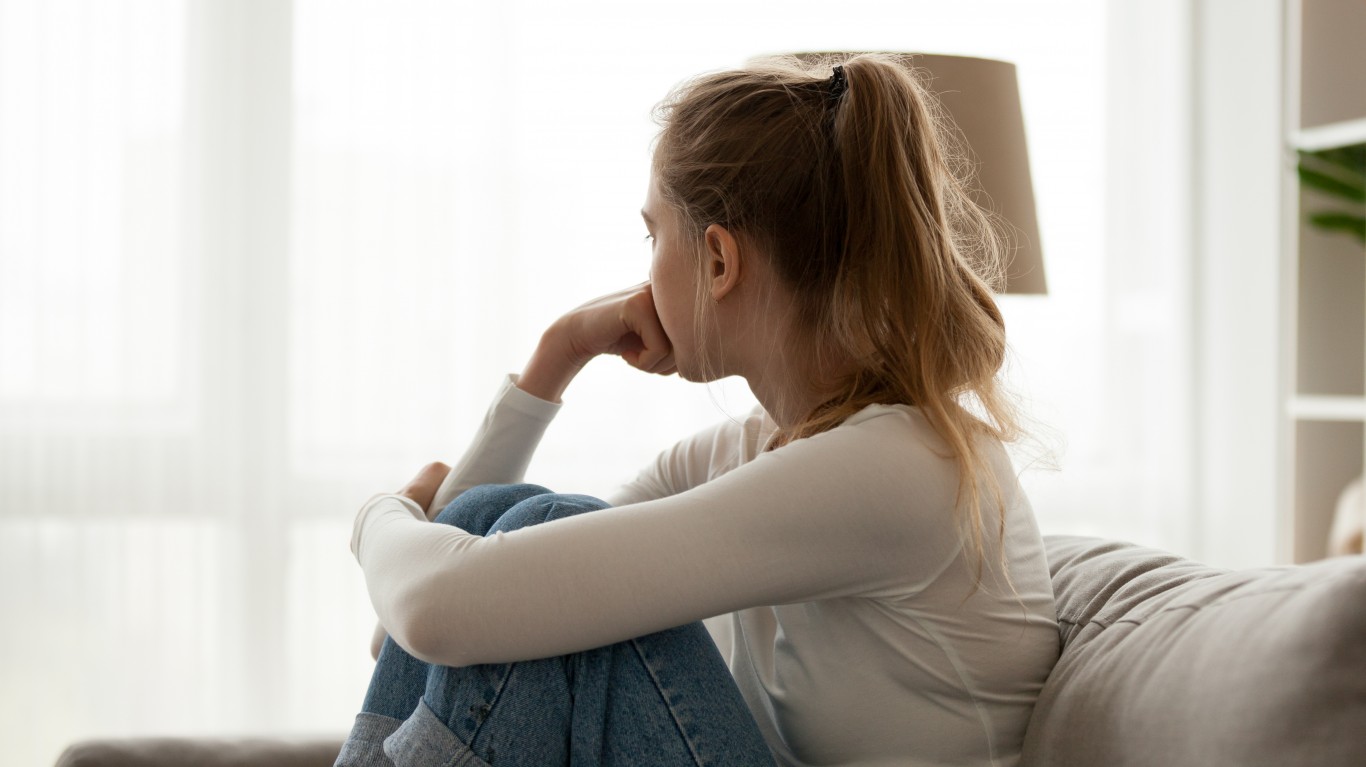
1. Young people experiencing mental health issues
The coronavirus pandemic has taken a toll on the mental health of young adults who are experiencing high rates of major depressive symptoms, according to a 50-state COVID-19 survey of nearly 9,000 people ages 18 to 24. The first version of this survey, released in May, showed that depression was up 27% compared to historical levels. And according to the latest results, released in November, over 47% of young adults were “showing at least moderate depressive symptoms” in October 2020, the highest level since June.
More young people have thought of suicide than normal. In May 2020, over 32% of surveyed young adults said they had thought of suicide. In October, this figure increased to almost 37%.
[in-text-ad]

2. People smoking more
Tobacco use has been declining for years in the U.S., from about 42% of adults reporting a smoking habit in 1965 to less than 14% in 2018. The COVID-19 pandemic, however, has threatened that progress as people either began smoking again or have just been smoking more. This is in part due to a combination of anxiety, boredom, and stress. And while unemployment has increased, adding to financial strain, people have been spending less on entertainment and travel. Combined with government benefits during the pandemic, some may have even been smoking more.
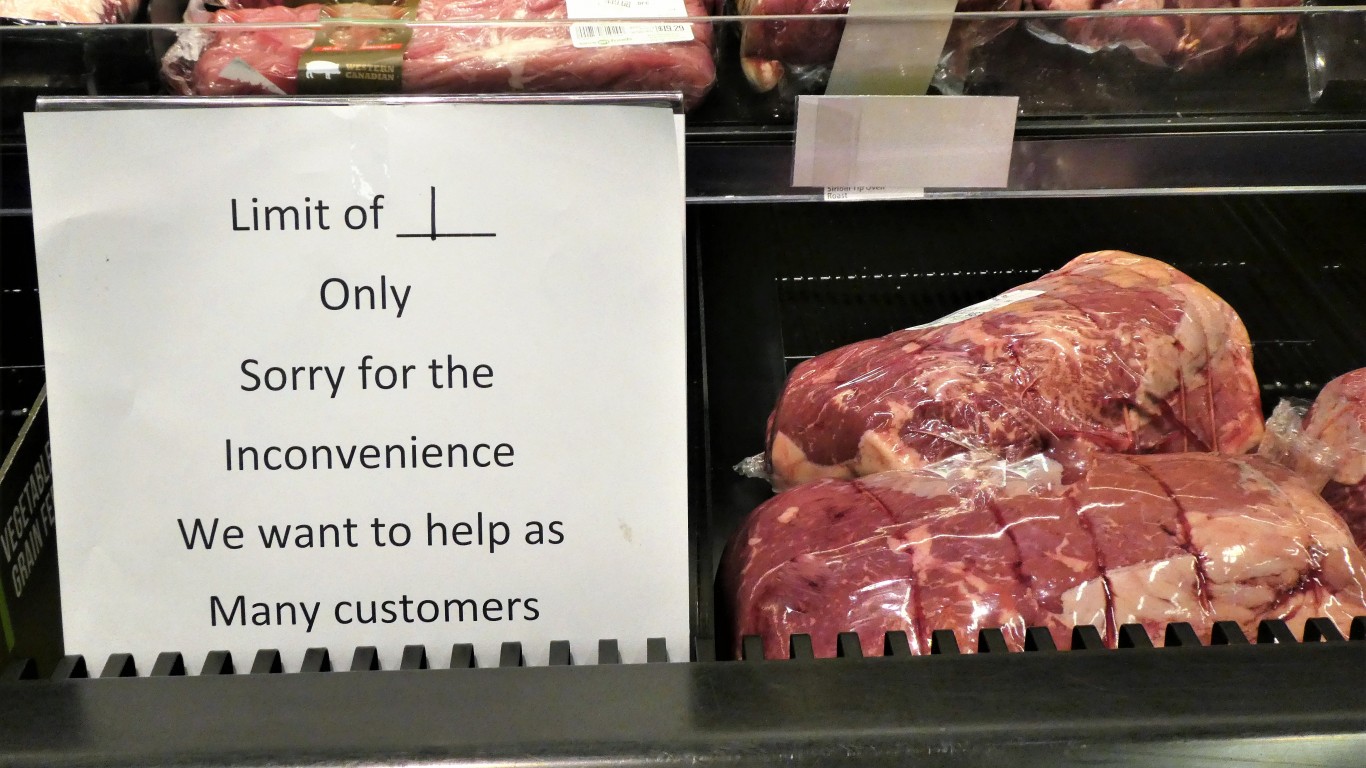
3. Food stockpiling on the rise
Grocery shopping was one of few activities allowed during lockdowns across the country, and people used the activity to stock their pantries. During the first wave of the pandemic in the U.S. in March and April, consumers bought eggs, milk, pasta, rice, canned meat, frozen vegetables, disinfectants, and, of course, toilet paper, according to the coupon-tracking site Coupon Follow, which surveyed about 1,000 consumers for a report, “COVID-19 Preparation Spending Behavior.”
A recent survey by Inmar Intelligence, a marketing research firm, found that 57% of those surveyed planned to restock food and essential items ahead of the winter months.

4. Telehealth substitutes doctor visits
The COVID-19 pandemic has brought telehealth — a service that provides health care remotely through telecommunication technologies — into a new light. The U.S. Department of Health and Human Services has called the increase in the use of telehealth “dramatic.” In April 2020, a little over 43% of Medicare primary care visits were conducted remotely, compared with 0.1% in February 2020.
Telehealth may be here to stay as it has proven to be very convenient, especially to medically vulnerable patients who are advised to stay home as much as possible due to the possibility of coming in contact with other sick people.
[in-text-ad-2]

5. Identity fraud impacting Gen Z the most
In addition to health and financial worries, there has been increased fraud activity since the pandemic struck. One in 10 adults say they have been a victim of identity theft since the onset of the pandemic, according to a survey of over 2,000 adults conducted by TransUnion, a consumer credit reporting agency.
Generation Z adults — those born 1995 or after — have been targeted by fraudsters the most, according to the survey. About 16% of them say they have been a victim of ID fraud, and 15% said they had a government account taken over by someone else, compared to 7% for all generations.
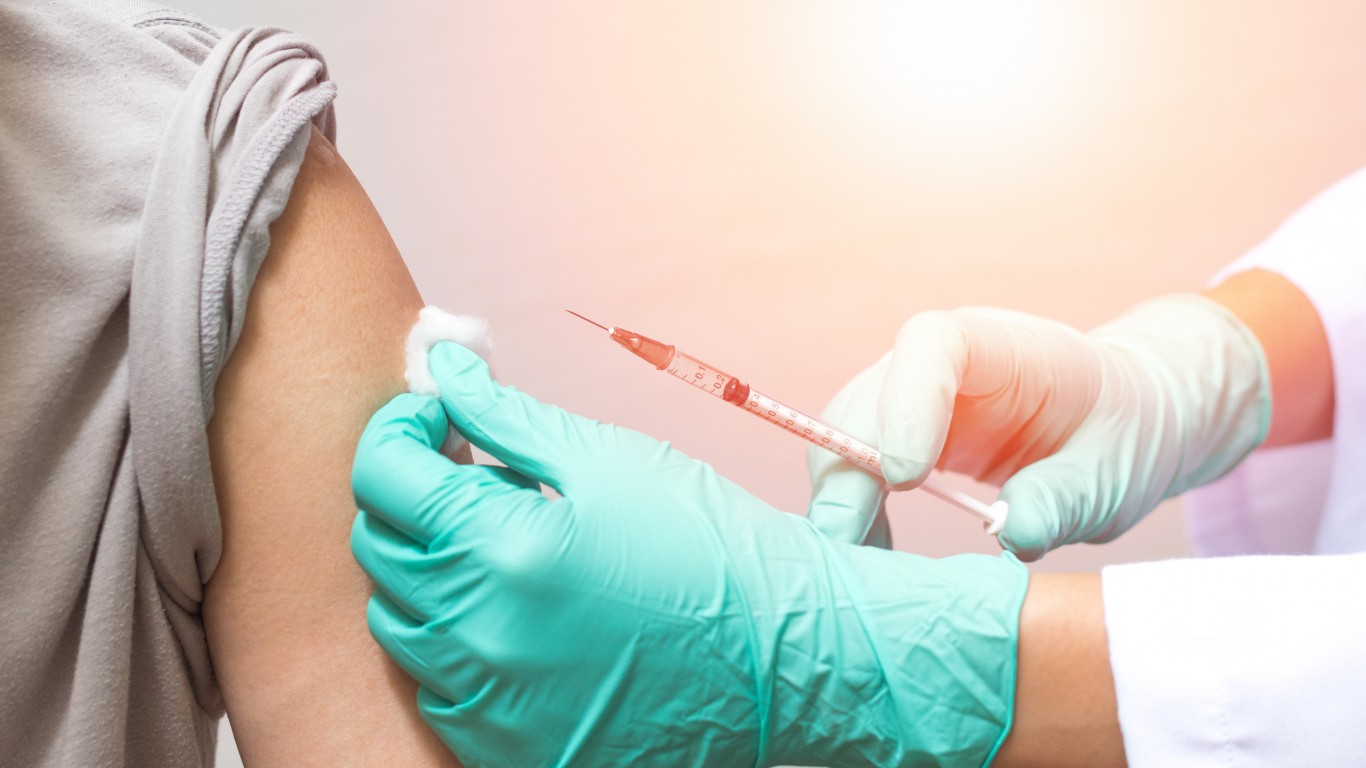
6. Vaccination rates are down
Stay-at-home orders were in effect in most states for several months, and people were concerned about going to the doctor for checkups and other purposes, including vaccinating their children. Routine vaccination rates declined significantly between March and May, according to the CDC. In New York city, for example, doses given to children 2 and older dropped by 91% compared to that period in 2019. In Miami, the decline was about 60%. Non-flu vaccination rates among adults 65 and older across the country fell by 83% compared to the year before.
[in-text-ad]

7. Will writing is up
More people are writing their wills amid the pandemic. Lawyers specializing in trust and estate work have reported a significant increase in new clients who want to write a will. In Minneapolis, local lawyers say the number of people wanting to write a will — many of whom are teachers and doctors — has jumped between 20% and 35%.
This increase in the demand for will writing started as early as March 2020, when states first issued stay-at-home orders. As of March 23, for example, Boston-based estate-planning software Gentreo had a 143% week-over-week increase in people filling out will forms. San Diego-based estate planning startup Trust & Will saw a 50% rise in the number of users.
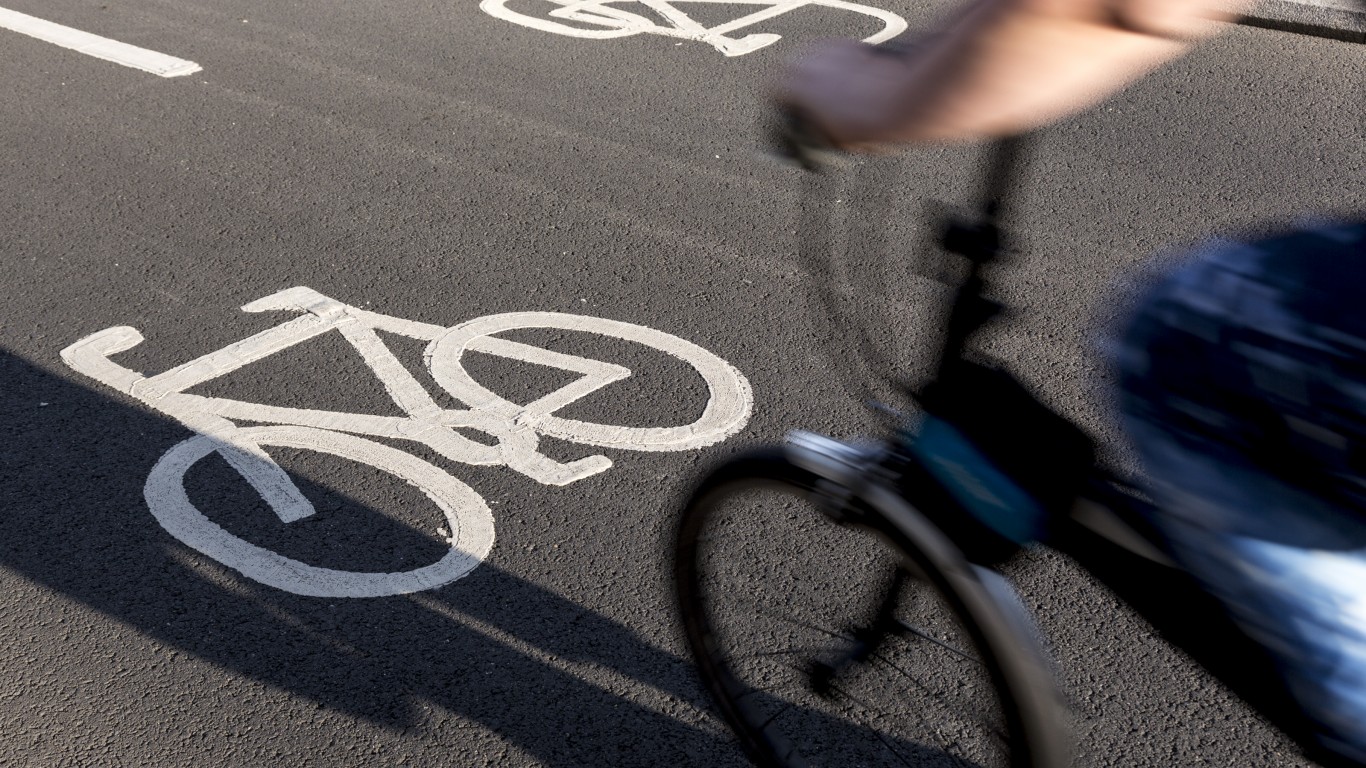
8. People bike to work more
COVID-19 prompted many cities to promote the use of cycling. As the number of cars on the roads plummeted during lockdown, people turned to cycling to speedily move through cities while maintaining social distancing. Many cities have even created temporary bike lanes by rearranging urban streets to accommodate the new wave of bikers.
Even after stay-at-home orders expired, concerns over the safety of public transports pushed many people to commute by bicycle. There was a shortage of bikes in the U.S. in May 2020 as shops from New York to Arizona were selling them faster than ever before.

9. Drug overdose epidemic worsens
Opioid-driven overdose deaths have been rising before COVID-19, but the latest CDC figures suggest that the pandemic has accelerated overdose deaths even more. Addiction specialists have called the pandemic a national relapse trigger.
Between May 2019 and May 2020, which includes the first three months of the pandemic in the U.S., there have been 81,230 drug overdose deaths, “the highest number of overdose deaths ever recorded in a 12-month period,” according to the CDC. This was an increase of over 18% from the 12-month period ending in June 2019.
[in-text-ad-2]

10. Telepsychiatry on the rise
The coronavirus pandemic’s social distancing measures have left many psychiatric patients unable to attend in-person appointments with their doctors, resulting in a rapid rise of telepsychiatry. Virtual meetings have proven to be a sensible way to help patients while reducing COVID-19 risks.
Whether telepsychiatry is here to stay like telehealth is not clear as the lack of in-person meetings between psychiatrists and patients may lead to unnoticed gestures, which can be crucial to an accurate diagnosis.

11. Planet Earth vibrated less
In April 2020, about half of the world’s population — around 4 billion people — were living under some form of social distancing order. As people moved less due to travel restrictions, lockdowns, and work-from-home orders, the planet began vibrating noticeably less than usual.
The drop in seismic noise, which is the vibrations in the planet’s crust generated by cars, trains, industrial machinery, and simply people going about their daily lives, allowed seismologists — at least for a while — to monitor subtle tremors like small earthquakes and volcanic activity.
[in-text-ad]
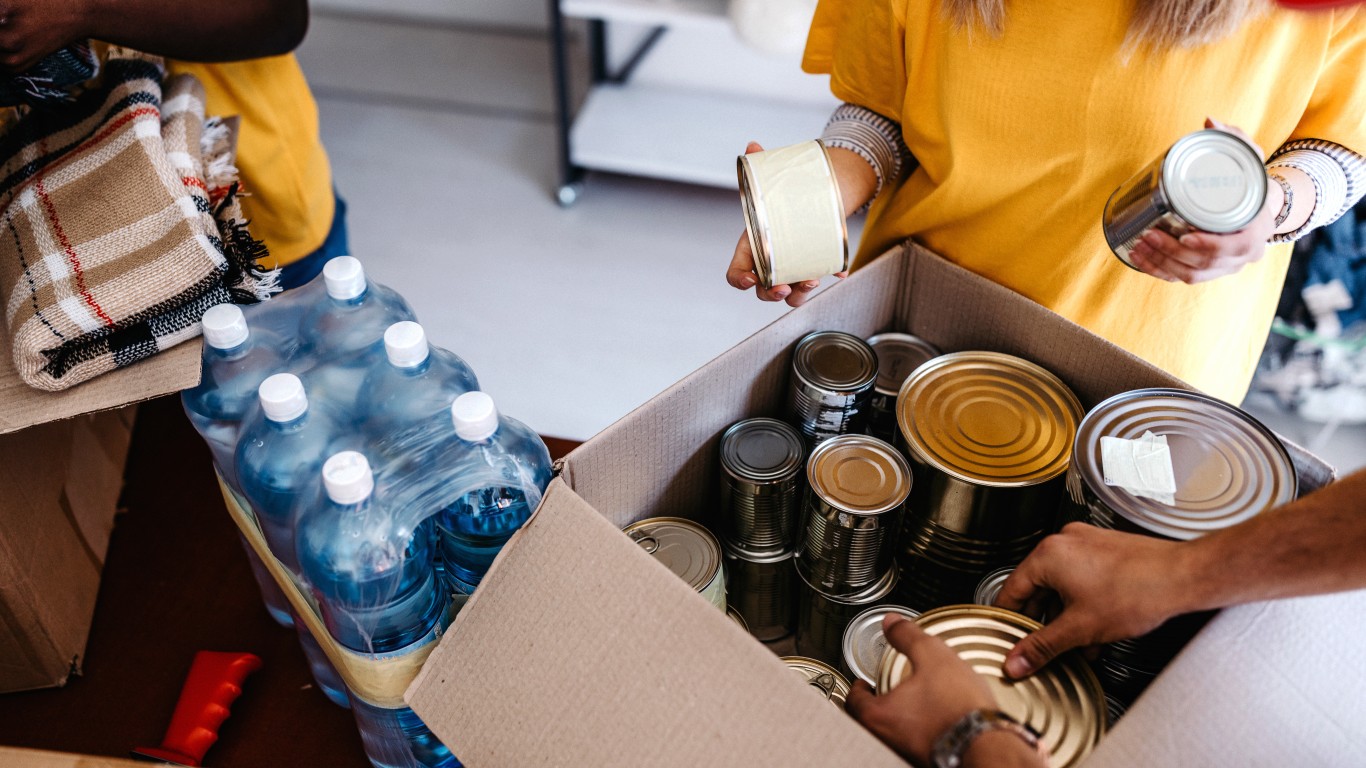
12. Food insecurity intensifies
As COVID-19 began spreading nationwide, millions of Americans were out of work. All over the country, communities saw lines at food banks stretch longer as food insecurity, or the lack of consistent access to food for all members of a household, rose.
An analysis by the Brookings Institution conducted earlier this summer found that in late June, over 27% of households with children were food insecure. A separate report by Northwestern Institute for Policy Research found insecurity among households with children was over 29%. In 2019, 13.6% of households with children were affected by food insecurity, according to the U.S. Department of Agriculture.
After the summer, thanks to stimulus checks from the federal government, children returning to school, and declining unemployment as states reopened businesses, fewer households with children have been reporting food insecurity than at the beginning of the pandemic.

13. Sharp increase in extreme poverty worldwide
Extreme poverty was expected to rise in 2020 for the first time in more than two decades, with the coronavirus pandemic pushing an estimated 115 million more people into that category, according to the World Bank’s biennial Poverty and Shared Prosperity Report released in October. Extreme poverty is defined as living on less than $1.90 a day.
Before the pandemic hit, the global extreme poverty rate was expected to drop under 8% in 2020. Because of the pandemic and its consequences on economies around the world, extreme poverty is expected to have impacted between 9.1% and 9.4% of the world’s population in 2020.
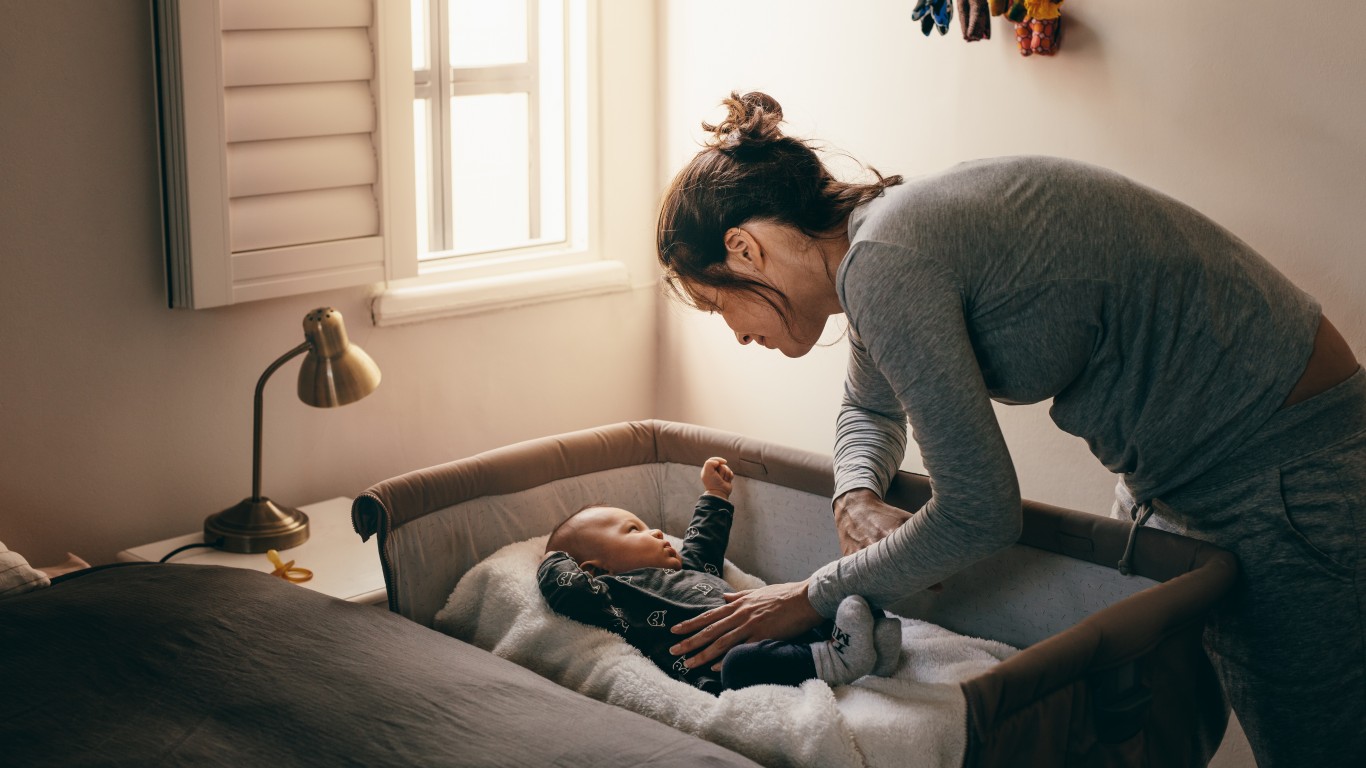
14. Increases in maternal and under-5 mortality rates
While the mortality rate of COVID-19 among children has been relatively small, it has impacted children in other ways, resulting in higher mortality in children under 5 years old. This is largely because of disruptions to life-saving services, including food supply and health care.
A study published in The Lancet journal estimates that between 250,000 and 1.2 million additional child deaths may occur in any 6-month period during the pandemic, which would be an increase of between 10% and nearly 45%. The number of maternal deaths worldwide may increase between 8% and almost 40%, or between 12,000 and almost 57,000 maternal deaths.
[in-text-ad-2]
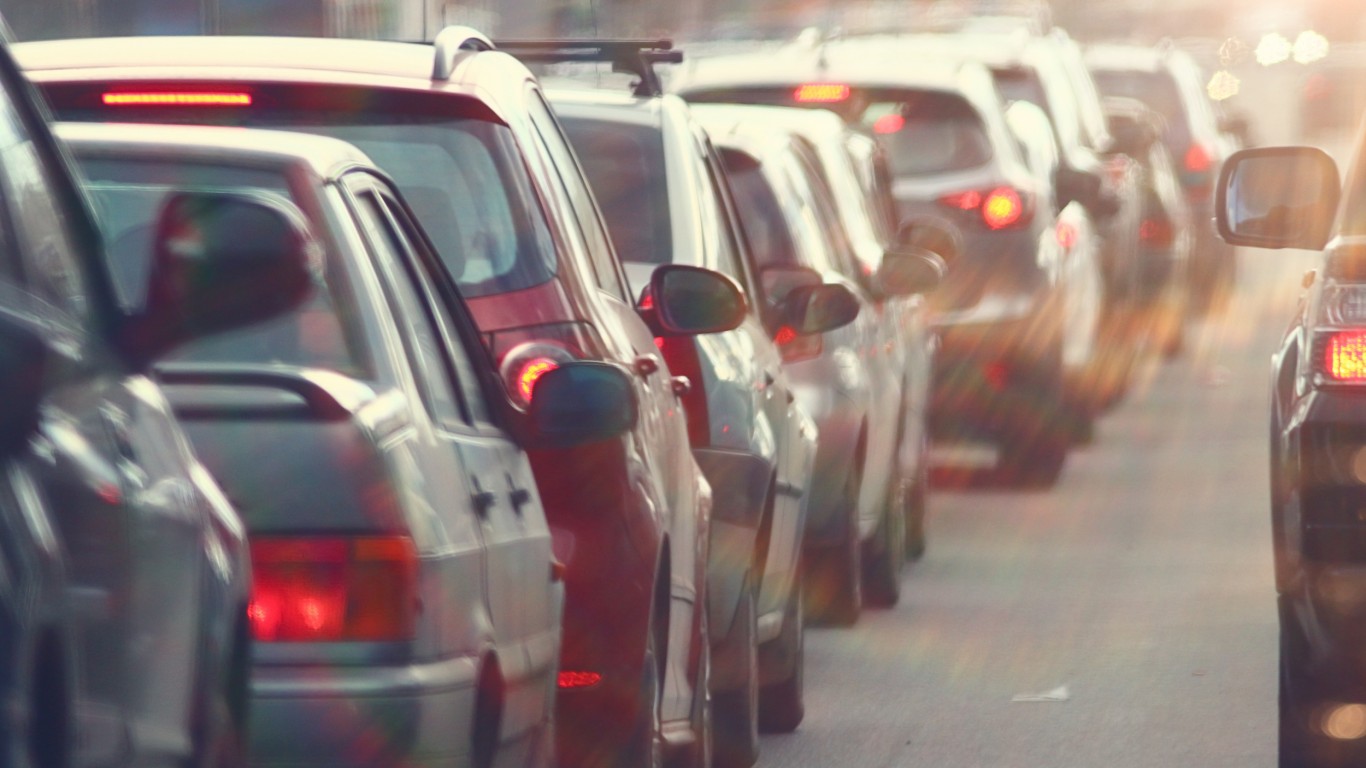
15. More cars on roads
Back in May and June, health experts advised workers to keep contact with others to a minimum, and suggested driving alone instead of using mass transit (this recommendation received considerable backlash and has since been revised to “driving or riding by car either alone or with household members”).
Although empty roads were the hallmark of the first few months, once state and local economies began to reopen, traffic congestion has been up. Changes in the volume of direction requests on Apple Maps since the start of the year suggest driving in the United States dropped nearly 60% from the start of the year in April, spiked in the summer months, then trended downward. As of January 10, Americans drive approximately 15% less than they did one year ago.
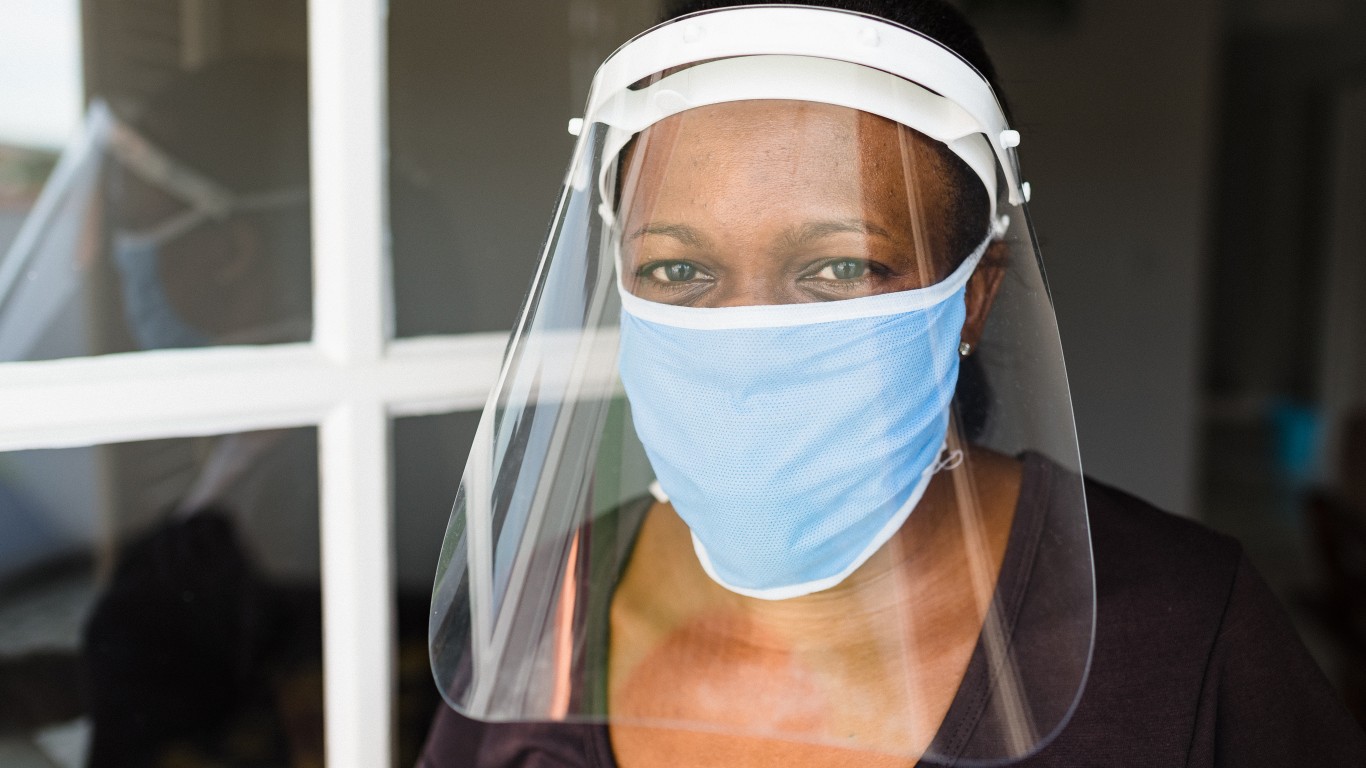
16. More plastic
COVID-19 has tremendously increased the need and use of plastic as people wear gloves and face shields, order takeout, and install plexiglass dividers in stores, salons, and offices. This is only going to add to the massive amount of plastic already produced that has never been recycled. Already since 1950, the world has created 6.3 billion metric tons of plastic waste, 91% of which has never been recycled.
Streets have been swamped with discarded gloves and masks, and personal protective gear is already washing up on beaches around the world.
[in-text-ad]

17. Gun sales skyrocket nationwide
U.S. gun sales have soared in 2020 amid the COVID-19 pandemic, social unrest over the summer, and election fears since November. Nearly 5 million people in the U.S. bought a firearm for the first time in 2020, representing between 40% and 50% of gun store sales, according to the National Shooting Sports Foundation.
More firearm background checks were conducted in each month of 2020 than the same month every year since 1999. Overall, background checks in 2020 skyrocketed to nearly 39.7 million, breaking the record set in 2019 of 28.4 million.
Thank you for reading! Have some feedback for us?
Contact the 24/7 Wall St. editorial team.